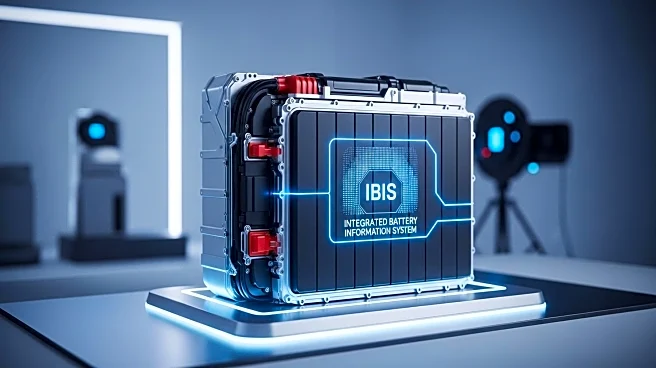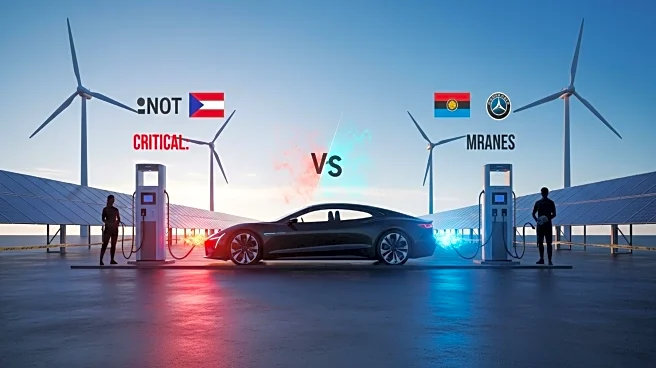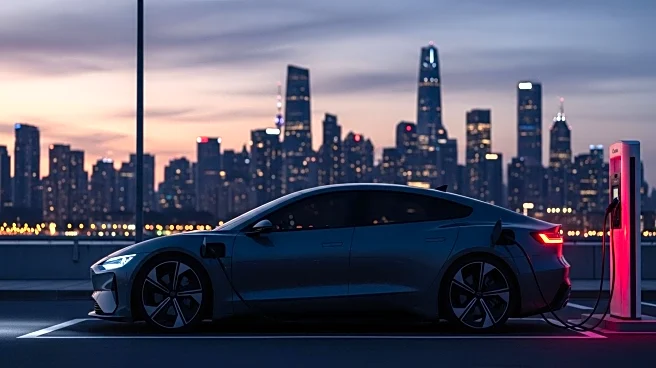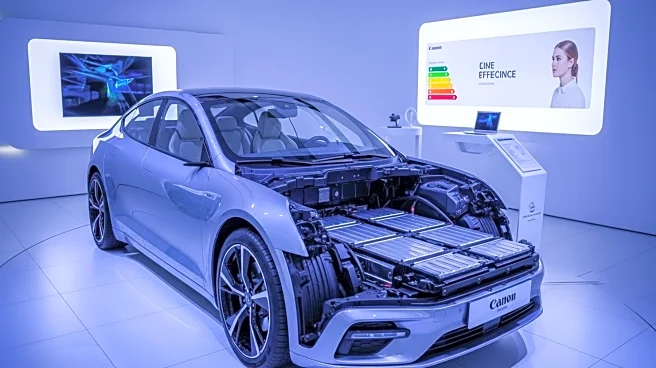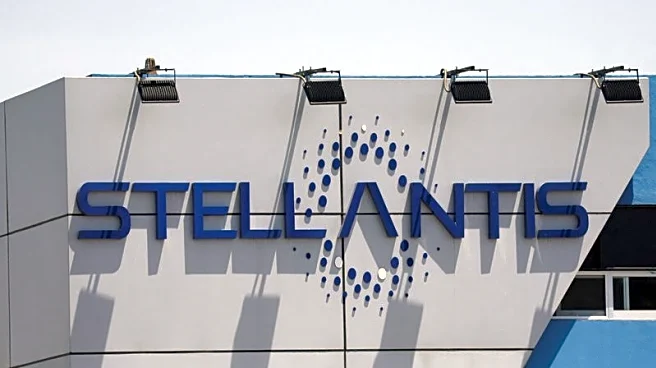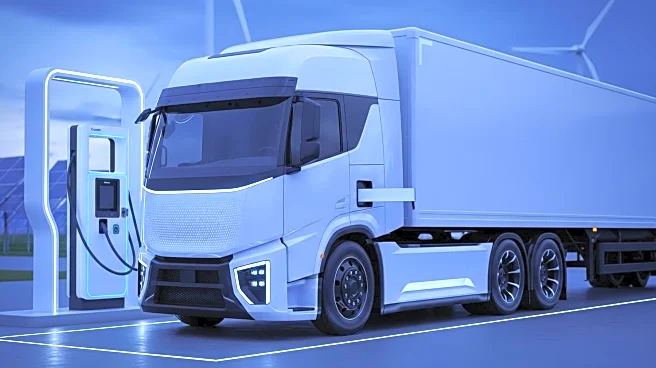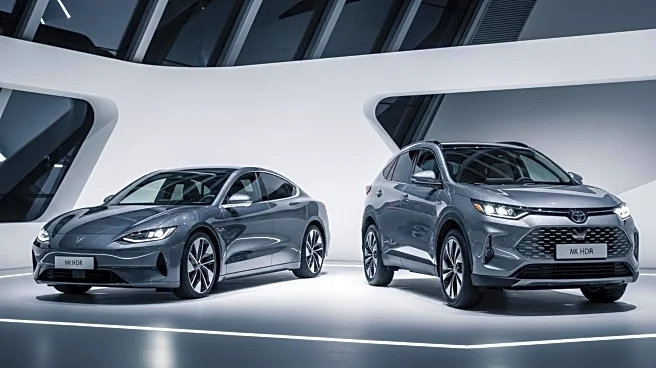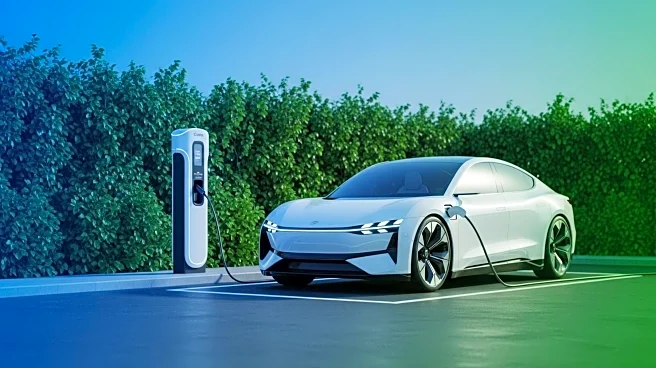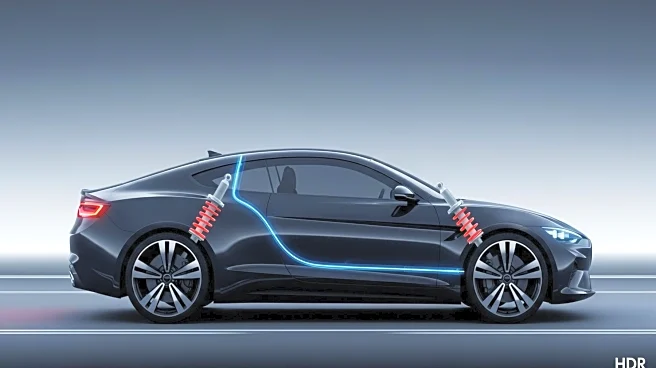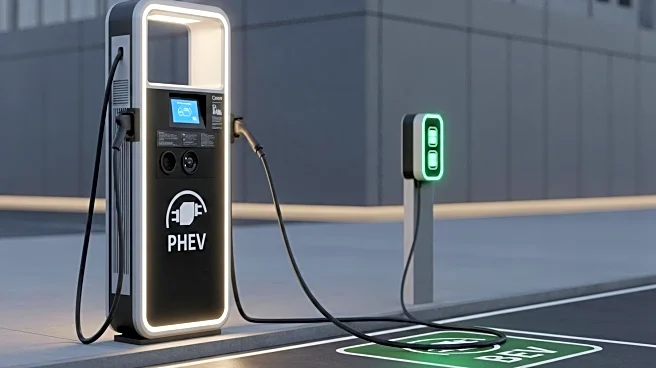What's Happening?
Stellantis has introduced its Intelligent Battery Integrated System (IBIS), co-developed with Saft and other partners, which integrates charger and inverter functions directly into the battery pack. This innovation reduces design complexity, saves interior space, and simplifies maintenance. The IBIS system offers up to 10% energy efficiency improvement and 15% power gain, while reducing vehicle weight by 40 kg. It also facilitates second-life battery reuse, enhancing sustainability in automotive and stationary applications.
Why It's Important?
Stellantis' IBIS technology represents a significant advancement in electric vehicle design, potentially setting a new standard for efficiency and sustainability. By simplifying the powertrain architecture, Stellantis can offer lighter, more cost-effective EVs, which could accelerate the adoption of electric vehicles. This innovation may also reduce production costs, making EVs more accessible to consumers. The ability to reuse batteries in second-life applications further supports environmental goals and resource conservation.
What's Next?
Stellantis plans to integrate IBIS technology into its electric and hybrid vehicles by the end of the decade. The company will continue to refine the system to maximize efficiency and cost-effectiveness. As the technology matures, Stellantis may expand its application to a broader range of vehicles, potentially influencing industry standards and consumer expectations. The success of IBIS will depend on its performance in real-world conditions and its acceptance by automakers and consumers.

